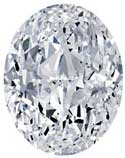Know what you want to spend
You will be confronted with a dizzying array of choices when it comes to engagement rings. Have a price range in mind. Going in with fairly specific parameters will help your jeweler find the right engagement ring to fit your budget.
What kind of jewelry does she already wear?
Is she more classic or modern? Feminine or sophisticated? Does she wear more silver or gold? Do her pieces tend to be more delicate or chunky? Simple or ornate? Have these preferences in mind when you set out to shop. If you buy something similar to what she already likes, you can't go wrong.
Know her ring size
If she wears rings, borrow one she already owns. Trace the inner circle on a piece of paper, or press the ring into a bar of soap for an impression. You can also slide it down one of your own fingers and draw a line where it stops. A jeweler can use these measurements to identify her approximate ring size.
You will be confronted with a dizzying array of choices when it comes to engagement rings. Have a price range in mind. Going in with fairly specific parameters will help your jeweler find the right engagement ring to fit your budget.
What kind of jewelry does she already wear?
Is she more classic or modern? Feminine or sophisticated? Does she wear more silver or gold? Do her pieces tend to be more delicate or chunky? Simple or ornate? Have these preferences in mind when you set out to shop. If you buy something similar to what she already likes, you can't go wrong.
Know her ring size
If she wears rings, borrow one she already owns. Trace the inner circle on a piece of paper, or press the ring into a bar of soap for an impression. You can also slide it down one of your own fingers and draw a line where it stops. A jeweler can use these measurements to identify her approximate ring size.
 Does the thought of purchasing a diamond ring overwhelm you? Maybe you think you
don't know enough about certificates, cuts, shapes, grading scales, or colors to make a
well informed buying decision. There's good news — contrary to what some sales clerks and web sites would like you to
believe, buying a diamond isn't rocket science.
Does the thought of purchasing a diamond ring overwhelm you? Maybe you think you
don't know enough about certificates, cuts, shapes, grading scales, or colors to make a
well informed buying decision. There's good news — contrary to what some sales clerks and web sites would like you to
believe, buying a diamond isn't rocket science.
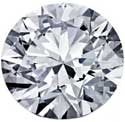
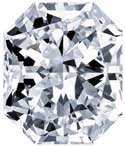
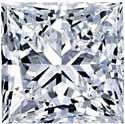
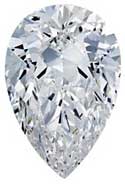
 The image to the left is a simulation of the bow-tie effect. It's not
unusual to see "some" bow-tie if you examine a pear-shaped diamond from
various angles and in different lights, but what you don't want is an
obvious black/dark spot that is dull from every angle and in all lights.
If you're "wondering" if the diamond you purchased is suffering from
the bow-tie effect, it probably isn't. It's one of those defects, that,
when present
is obvious.
The image to the left is a simulation of the bow-tie effect. It's not
unusual to see "some" bow-tie if you examine a pear-shaped diamond from
various angles and in different lights, but what you don't want is an
obvious black/dark spot that is dull from every angle and in all lights.
If you're "wondering" if the diamond you purchased is suffering from
the bow-tie effect, it probably isn't. It's one of those defects, that,
when present
is obvious.
 The picture to the left is a simulation of "uneven shoulders". The
non-pointed end of the pear shaped diamond should have a nice round
and gentle arc. In addition to "uneven shoulders", sometimes cutters,
to increase the carat weight of the diamond "square off" or give a
"rounded
triangle" end to the pear-shaped diamond. High-shoulders and uneven
shoulders decrease the value of the diamond and should be avoided.
The picture to the left is a simulation of "uneven shoulders". The
non-pointed end of the pear shaped diamond should have a nice round
and gentle arc. In addition to "uneven shoulders", sometimes cutters,
to increase the carat weight of the diamond "square off" or give a
"rounded
triangle" end to the pear-shaped diamond. High-shoulders and uneven
shoulders decrease the value of the diamond and should be avoided.
